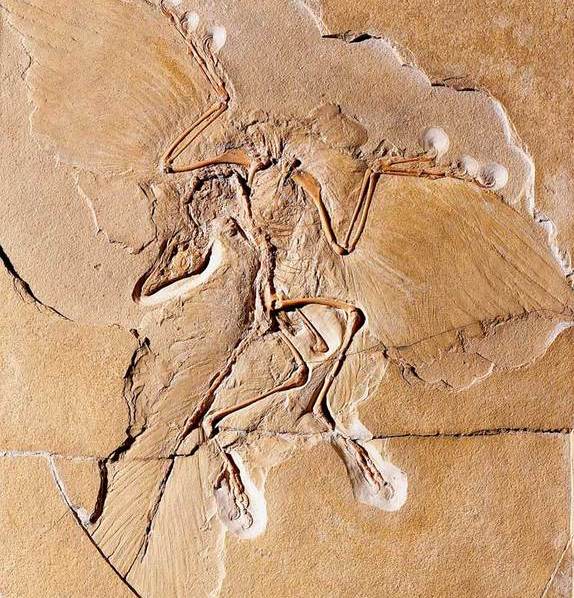Scientists uncover mystery behind why birds have no teeth
The common ancestor of all living birds sported a set of pearly whites 116 million years ago, a new study finds. In the study, researchers looked at the mutated remains of tooth genes in modern birds to figure out when birds developed “edentulism” – an absence of teeth. In the new study, the researchers wondered whether the bird lineage lost its teeth in a single event, meaning the common ancestor of all birds did not have teeth, or whether edentulism happened independently, in different lines of birds throughout history, the researchers said. They found that all of the bird species had the same mutations in dentin- and enamel-related genes.
The presence of several inactivating mutations that are shared by all 48 bird species suggests that the outer enamel covering of teeth was lost around 116 million years ago.
Mark Springer, a professor of biology at the University of California, Riverside and one of the study’s lead researchers
The researchers also found mutations in the enamel and dentin genes of other vertebrates that don’t have teeth or enamel, including turtles, armadillos, sloths, aardvarks and pangolins, which look like scaly anteaters. The closest living modern reptile relative of birds is the alligator. “All six genes are functional in the American alligator,” Springer said. This tooth finding is one of many that came out of a large-scale scientific effort to study the evolution of birds. The findings of that effort were published Dec. 12 in the journal Science, and in several other journals.
DNA from the crypt is a powerful tool for unlocking secrets of evolutionary history.
Mark Springer

Science